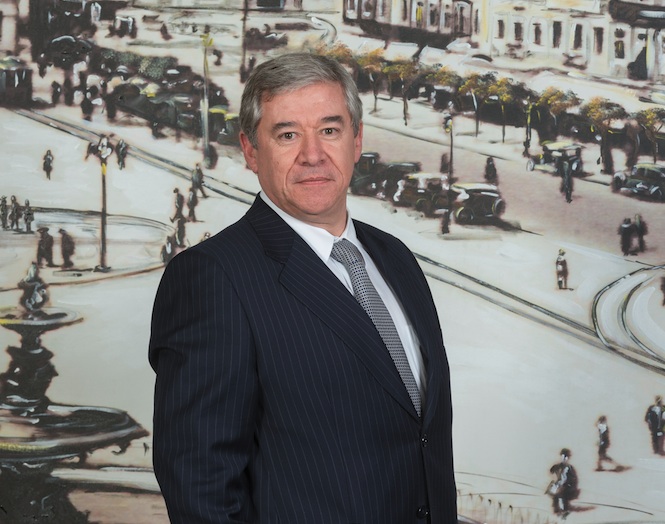PIMCO: How to Play the Brexit Blues
| By Fórmate a Fondo | 0 Comentarios
For much of the last few months it has been difficult to have any conversation about the outlook for the UK, or indeed Europe, without discussing Brexit, says Mike Amey. Uncertainty over the outcome ‒ the PIMCO´s MD and Portfolio Manager continues to assign a 40% probability to the UK voting to leave the European Union (EU) ‒ has slowed economic activity, pressured UK bank assets, reduced liquidity in sterling-denominated corporate bonds and put sterling under pressure.
The one market that has not been overly affected is stocks, he says. Due to the multinational nature of many UK-listed companies, the Brexit vote is exerting two opposing influences on valuations: The uncertainty of the UK’s trade outlook is counterbalanced by the positive impact of sterling weakness on overseas earnings.
Although his base case is that the UK votes to remain, “we devote much time to thinking about the implications of a vote to leave. Of the two competing views on this ‒ that it will be a globally systemic event or that, while important for the UK, its impact on global markets will be contained ‒ we side with the latter. In part this is due to our belief that any negotiations would be long and drawn-out. For one thing, a vote to leave would likely trigger a leadership challenge within the Conservative party. Furthermore, the UK does not even have a trade department that could lead the negotiations. In short, these things would take time!”
Nonetheless, there will likely be material volatility leading up to and around the vote on 23 June, adds Mike Amey. How can investors position for this?
In his portfolios he has been looking to combine positions that may benefit if the UK remains in the EU with those that will mitigate downside risk if it votes to leave. These include:
- Buying UK bank bonds: They view the recent underperformance of UK bank bonds as an opportunity, with the subordinated bonds of major UK banks now trading at yields of 8% and above. Whilst there will be mark-to-market volatility in the event of a vote to leave, they do not see a material risk of capital loss.
- Maintaining exposure to UK duration: They also see good risk-reward characteristics in five- and 10-year gilts, with the market currently pricing in a 25% probability of a 25-basis-point rate cut this year. With inflation low, they see a very small probability of a hike in the next 12 months regardless of the outcome in June, and in the event the UK votes to leave the EU, they think it likely that the Bank of England would cut the official rate to zero, potentially boosting gilt prices.
- Selling the British pound versus the U.S. dollar: For portfolios with less liquid UK assets, or with significant exposure to UK banks, they think the best way to hedge is by selling the pound relative to the dollar. In the event of a vote to leave, they consider a 10% devaluation of the pound against the dollar.
“Clearly the outcome of 23 June can’t be predicted with certainty. However, through a combination of strategies like these, we think portfolios can be structured to potentially benefit in the event that the UK remains in the EU and hedged in the event it takes the alternate path,” he concludes.






